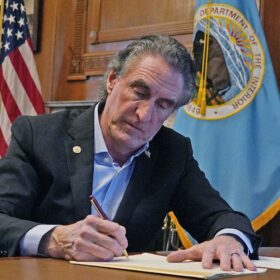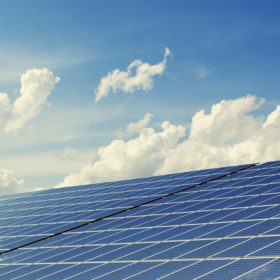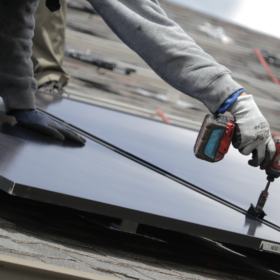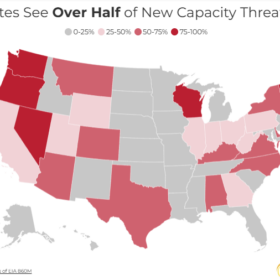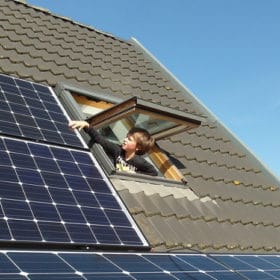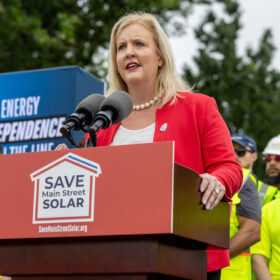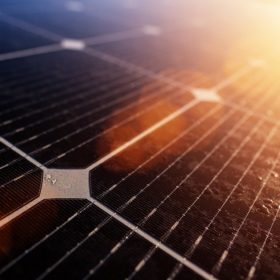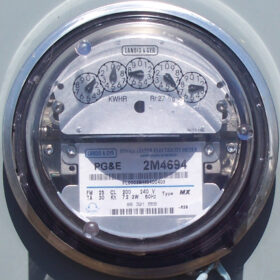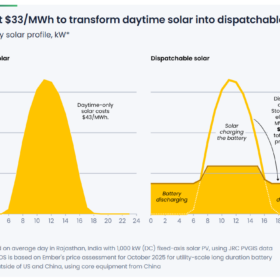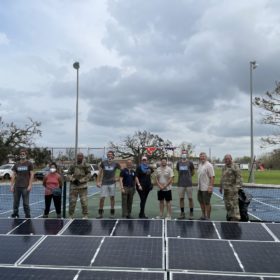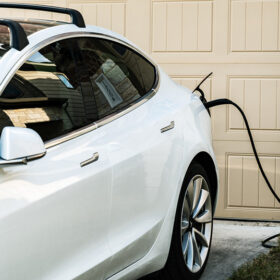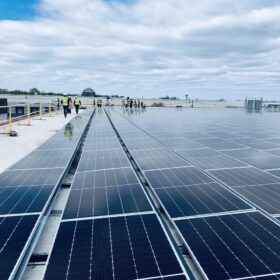Solar Energy Industries Association names Darren Van’t Hof as interim president and CEO
SEIA named its interim successor to Abigail Ross Hopper, effective January 20, 2026.
Congress urged to reform “nearly complete moratorium” on U.S. solar projects
A coalition of 143 solar companies signed a letter requesting reforms to solar project permitting, as Trump administration executive orders have led to an effective shutdown of all projects under Department of Interior purview.
Unstable permitting, aging grid threaten U.S. AI leadership, 113 GW of clean energy at risk
The Solar Energy Industries Association (SEIA) warns that current policies risk U.S. energy dominance and grid reliability as data center demand surges. In comments to the U.S. Department of Energy, the association highlights solar and storage as the only energy sources available at scale today but notes over 110 GW of capacity is imperiled by regulatory instability.
SunPower to acquire Ambia Solar, bolstering residential market share ahead of tax credit shift
SunPower’s strategic move strengthens its residential solar position by integrating Ambia’s management and operations ahead of expected 2026 market changes.
SEIA: Political attacks threaten half of all planned U.S. power capacity
Political attacks on solar and storage are threatening over 500 projects totaling nearly 116 GW, or more than half the power planned to be built through 2030, said the Solar Energy Industries Association.
Illinois to add 3 GW of batteries, saving consumers $12 billion over 20 years
Illinois is set to issue procurements for 3 GW of battery storage, under a bill expected to be signed by Governor JB Pritzker. Transmission improvements to speed renewable deployment are also in the works.
Selling residential solar after ITC expiration
Aurora Solar survey reveals that with the demise of the investment tax credit, installers should renew their focus on state incentives and design payment options that work for each unique case.
Solar Energy Industries Association president to step down
SEIA president and chief executive officer Abigail Ross Hopper has announced her departure following a transformative nine-year run leading the U.S. solar and storage trade association.
T1 Energy acquires minority stake in Talon PV in Texas solar manufacturing push
T1 Energy made a strategic investment in the company that is pursuing 4.8 GW of solar cell manufacturing in the United States.
What happens behind the meter, stays behind the meter
The Solar Energy Industries Association wins against Edison in an Appeals Court hearing defining a “facility” based on the purpose of its parts, culminating in its AC grid output, versus the sum of individual components – such as solar and battery inverters.

